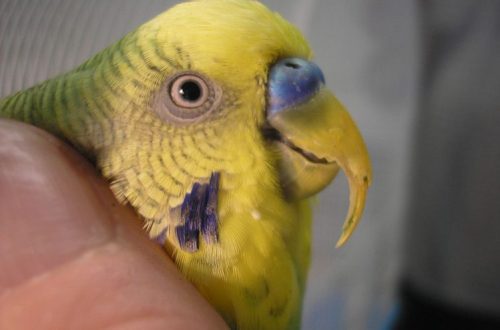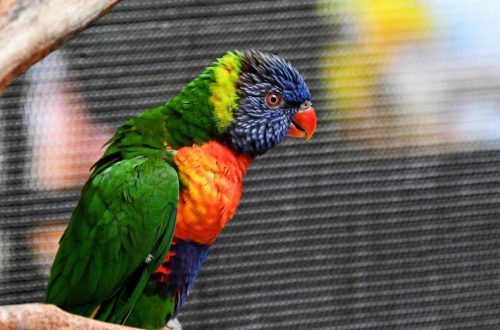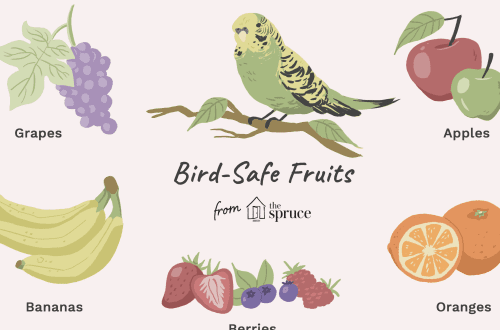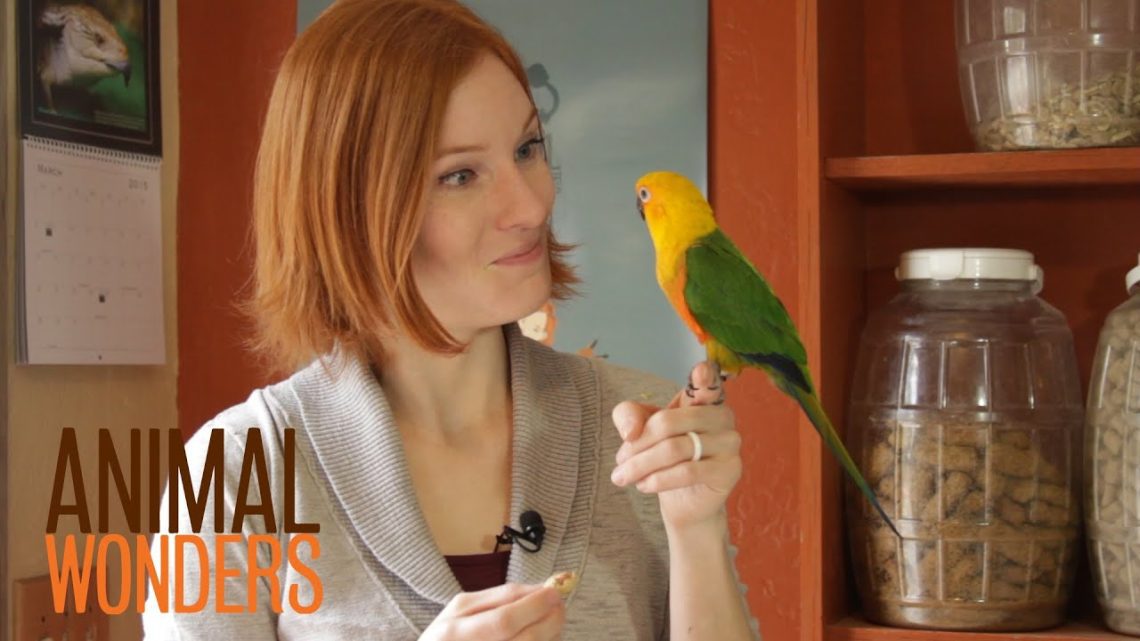
The first days of the parrot in the house
You need to prepare in advance for the appearance of a parrot in the house in order to help the bird get used to the new conditions.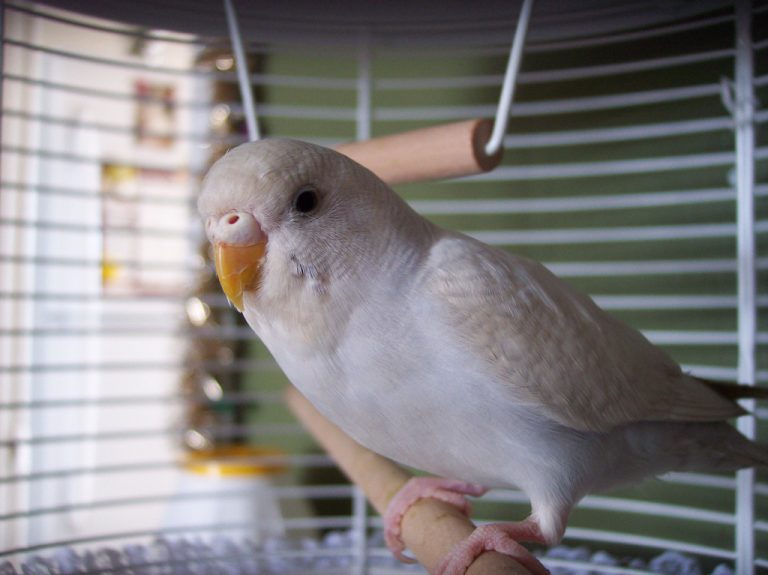

Many of the birds in the new environment do not eat or drink. If the bird looks outwardly healthy, leave it alone, let it look around, find food and water. During daily feeding and cleaning routines, speak to your bird in a calm and gentle tone.
The adaptation time of the parrot depends on you and the condition of the bird. If everything is in order with the health of the pet, most likely, in a few days he will begin to chirp cheerfully, explore the cage and toys. There were cases when the new owners took the birds, brought them home, and the parrots immediately began to look for food, chirp, but this applies, rather, to older birds. And it also happens that a chick can sit silently in one place for several days, practically without moving – in this case, you will need patience and observation. Remember, the adaptation period passes much faster when the bird is left alone and calms down. Usually in the evening or in the morning, when the light is dimmed, the calmed bird decides to explore its cage. At such times, it is better not to disturb her. And in no case should you come close to the cage and stare at the birds. After the parrot has been brought home, it is kept separately from other birds for 30 to 40 days. An amateur who cannot stand a newly purchased bird in quarantine runs the risk of introducing a dangerous infection, parasites and destroying the entire flock. The first week they monitor how the parrot eats the grain mixture. If the bird eats well and the stool is normal, then the diet should gradually be diversified. A sharp transition from one food to another is harmful and leads to indigestion. Many amateurs cannot or do not want to withstand quarantine – they just do not have the patience. And they begin to come up with various excuses for themselves – they accidentally flew out, they called each other so strongly … To prevent this from happening, you should not keep the birds in the same room. It is better if the quarantined bird lives in a separate room and will not hear its relatives and contact them. overheat the bird. If the cage is too high, you will not be able to establish contact with the bird, and the position of the cage below the table will cause anxiety for the pet. You can not place the cage next to heating appliances, this can also affect the health and plumage of the bird.
Noisy places on the aisles that disturb the bird, close to the TV are not suitable for placing the cage.
In winter, you should not immediately bring the parrot from the cold into a warm room, temporarily hold the bird in a carrier in the corridor, 20-30 minutes will be enough.





